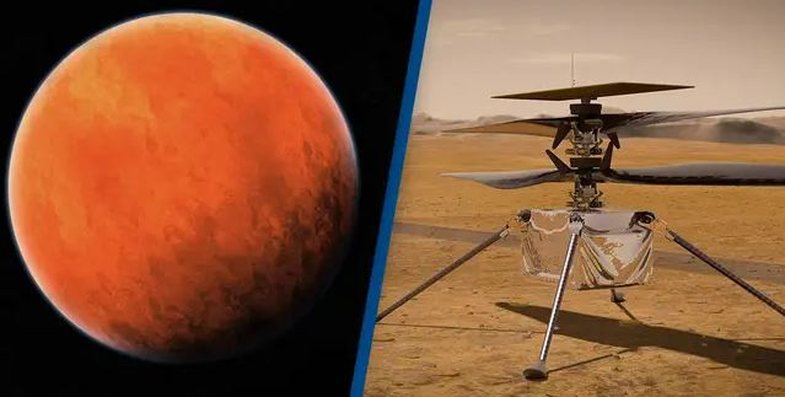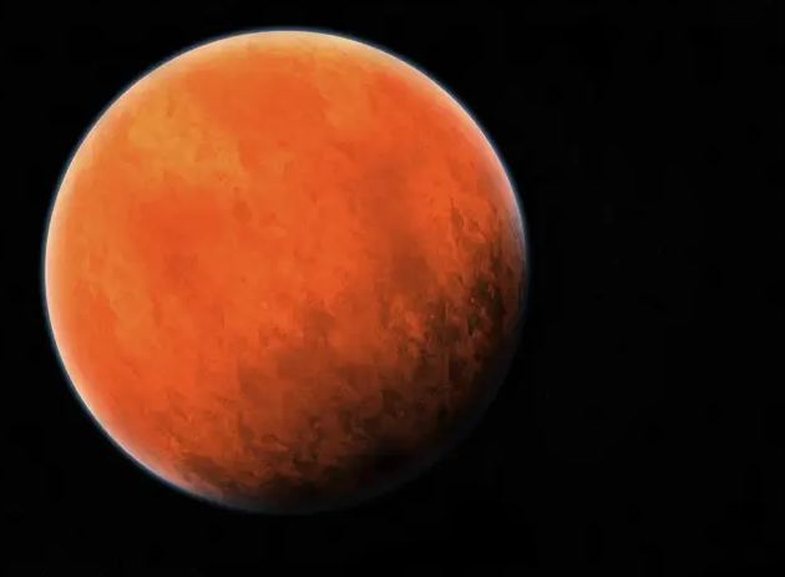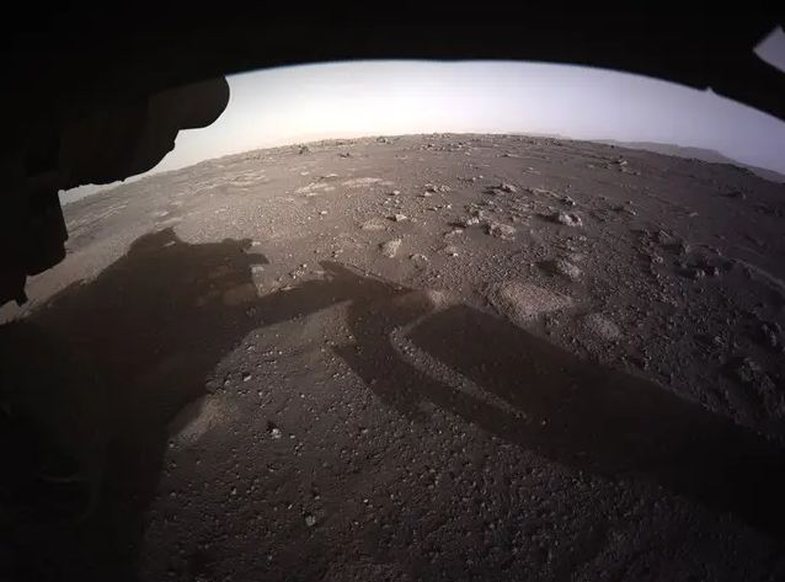
A NASA instrument called the Tunable Laser Spectrometer (TLS) has detected methane on Mars, but the traces found are not very stable. Methane is a wind gas, produced by microbes on Earth, and scientists have been intrigued by the geological processes that led to its discovery on Mars.

After that, an investigation was launched by international space agencies to see why the gas is disappearing and where it is going. Curiosity (NASA's Mars exploration program) has repeatedly found traces of life-threatening gas, but has yet to be discovered for other traces higher in the atmosphere.
Differences in readings between sensors have inspired scientists to consider how methane is disappearing. Chris Webster, who runs the TLS instrument for NASA, noted that the team considered every possibility and eventually discovered that because TLS operates primarily at night, when the gases stay on a calm surface. Meanwhile, at night, sunlight causes "intriguing" gases to disperse into the atmosphere.

In a press release, NASA noted:
"Heat from the Sun pierces the atmosphere as warm air rises and cold air sinks. Thus, methane confined near the surface at night mixes into the wider atmosphere during the day, which dilutes it to elusive levels."
The researchers published their findings on the astonishing gas phenomenon and concluded that this change in the atmosphere is happening across the red planet. Chris Webster explained that the team now wants to investigate how methane is disappearing so fast.
While the study explains the discrepancies in methane readings, it still leaves the mystery of where the gas comes from. This will no doubt be further explored because of its connection to life on the planet.

Source: Unilad







